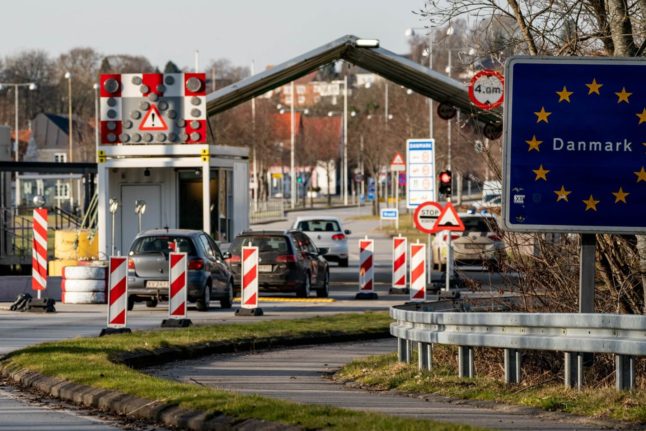Emergency services are to conduct exercises in the tunnel section of the crossing as well as on the motorway, meaning it will be closed to cars, operator Øreseundsbron confirmed on Twitter.
Trains will still operate during the period, but on a reduced schedule. Rail passengers are advised to use Rejseplanen.dk or the Skånetrafiken app for travel updates.
Påmindelse: Torsdag d. 17 marts kl. 19.45 til 23.00 vil Øresundsbron være lukket for al motorvejstrafik på grund af en beredskabsøvelse i Øresundstunnelen. Vi beklager ulejligheden. Togene vil køre i perioden – tjek afgange i Rejseplanen eller Skånetrafikens app. pic.twitter.com/cIj1pxB52d
— Øresundsbron (@oresundsbron) March 16, 2022
Authorities are to practice their response to a major accident in the tunnel during the exercise, in which emergency services and rail personnel as well as around actors from Denmark and Sweden will take part.
Five such exercises have previously been conducted on the Öresund Bridge since it opened in 2000.
Around 20,000 vehicles and 200 trains use the crossing daily, connecting Danish capital Copenhagen with Malmö in Sweden.



 Please whitelist us to continue reading.
Please whitelist us to continue reading.
Member comments